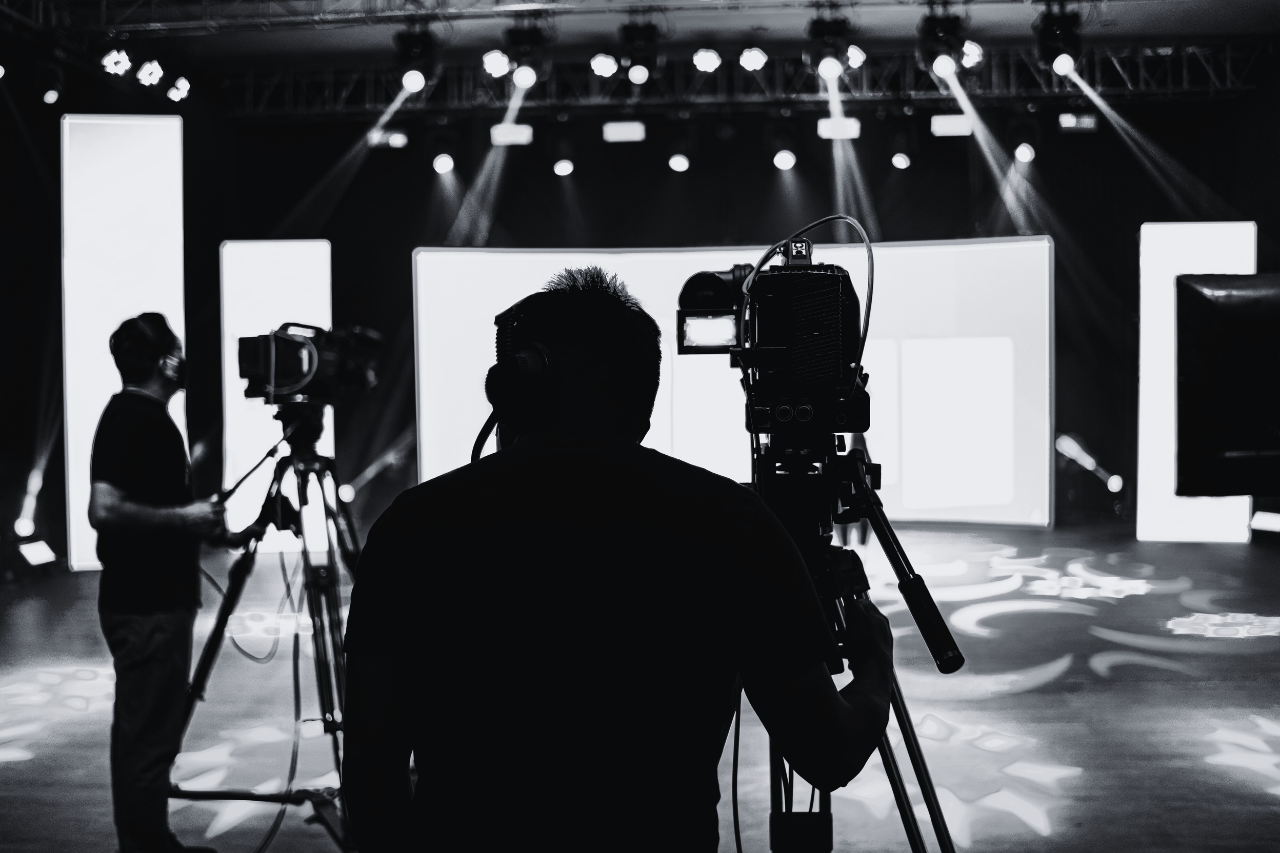
How to Set Up and
Implement a Successful Event
Written by Chris Hobson – Founder of Unite and Create
Planning an event is about more than just logistics or ticking tasks off a to-do list. It’s the art of creating an experience—something that lingers with your audience long after the event ends.
Beyond Logistics: Defining the “Why”
The first step in planning any event is to clearly define the “why.” Yet, this is where many organisations falter. Often, they get caught up in the excitement of hosting an event and forget to ask the key question: What is the purpose? Are we aiming to build brand awareness, generate leads, foster community, or perhaps drive social change?
A common pitfall is focusing too much on logistics and flashy elements before fully understanding the event’s core objective. Without a clear purpose, the event risks becoming a disjointed experience that doesn’t truly resonate with attendees. To avoid this, start by gathering input from all stakeholders. Ensure everyone is aligned on the event’s mission, vision, and objectives from the outset.
The solution is to ask tough questions upfront:
What do we want attendees to take away?
What emotions or actions should this event inspire?
These guiding questions will help crystallise your “why” and ensure that every logistical decision and creative element serves this overarching goal.
Connecting with Your Audience: More Than Just Demographics
Understanding your audience goes far beyond knowing their age, job titles, or interests. To truly connect, you need to tap into their motivations, challenges, and desires. While demographic data is helpful, it only scratches the surface of what drives your audience.
One strategy I use is creating detailed attendee personas. These personas capture not only the “who” but the “why”—why would they attend this event? What problems are they facing, and how can your event provide a solution or inspiration?
Here are a few ways to gain deeper audience insights:
Surveys & Polls: Before the event, engage your audience with short surveys to understand what they are looking to gain from the event. What are their pain points, and what topics excite them?
Social Listening: Monitor online discussions, forums, and social media to see what your audience is talking about, what they’re concerned with, and what content resonates with them.
Focus Groups: Small, informal discussions with key representatives of your audience can offer invaluable insights and ideas.
By connecting with your audience on a more personal and emotional level, you can design an event that feels tailor-made for them, enhancing the overall experience.
Content is King, Engagement is Queen: Striking the Right Balance
Content drives the core of any successful event, but engagement is what keeps your audience captivated. Striking a balance between informative content and interactive elements is crucial, and this often involves a mix of formats that appeal to different learning styles.
For example:
Panel Discussions: Ideal for presenting a range of perspectives, these can offer deep, informative insights but might risk feeling too passive for some attendees.
Workshops & Breakouts: These hands-on sessions allow for real-time learning and application. They cater to those who prefer a more active role in their learning process.
Interactive Sessions: Whether it’s live polling, Q&A sessions, or gamification, these formats add an element of surprise and involvement that keeps people engaged.
The key is to create a varied agenda that mixes structured, content-driven sessions with moments of interactivity and entertainment. When done right, engagement can turn passive observers into active participants, making the event more memorable.
The Power of Unpredictability: Embracing Flexibility
No matter how meticulously you plan, unexpected challenges will arise. Over the years, I’ve learnt that embracing flexibility is key to success. Building flexibility into your event plan allows you to navigate unforeseen changes without sacrificing the event’s core vision.
Here are some strategies to handle unpredictability:
Create Backup Plans: Have contingency plans in place for critical areas like AV equipment, catering, and transportation. Think about worst-case scenarios and how you’d respond.
Empower Your Team: Ensure your team knows how to make quick decisions on the spot. Give them the tools and authority to handle small issues independently.
Adaptability with Content: Whether it’s a speaker cancelling last-minute or a technical glitch, build buffer time into the schedule. Having backup speakers or alternate activities can keep things running smoothly.
Flexibility doesn’t mean abandoning the plan—it means preparing for what’s beyond your control and staying calm under pressure.
Measuring Success: Beyond Attendance Numbers
Too often, success is measured by attendance alone. While attendance is important, it doesn’t tell the whole story. Instead, focus on key performance indicators (KPIs) that offer deeper insights into the event’s impact.
Some KPIs I prioritise include:
Engagement Rates: How many attendees actively participated in interactive sessions, Q&As, or workshops?
Content Consumption: Tracking how much time attendees spent engaging with different types of content (e.g., watching live streams, downloading resources) can offer a clear picture of what resonated most.
Feedback & Satisfaction: Post-event surveys are invaluable. Ask attendees for specific feedback on content quality, networking opportunities, and overall experience.
Social Media Metrics: Monitor how attendees engage with your event online. What’s the volume of shares, mentions, and hashtags before, during, and after the event?
Lead Generation & Follow-Up: For corporate events, tracking lead generation or post-event sales conversions can provide concrete ROI.
These metrics give a much clearer understanding of what worked, what didn’t, and how you can improve future events.
Conclusion: A Collaborative Journey to Event Success
Event planning is a collaborative journey, where logistics, creativity, and human connection come together. While this blog post provides a framework, it’s by no means the final word. The best events are born out of shared ideas, experience, and continuous learning.
We invite you to share your insights and expertise, adding to this collaborative guide on navigating the complex, exciting world of event planning. Together, we can create truly memorable, impactful events that resonate long after the curtains close.
Written by Chris Hobson – Founder of Unite and Create
